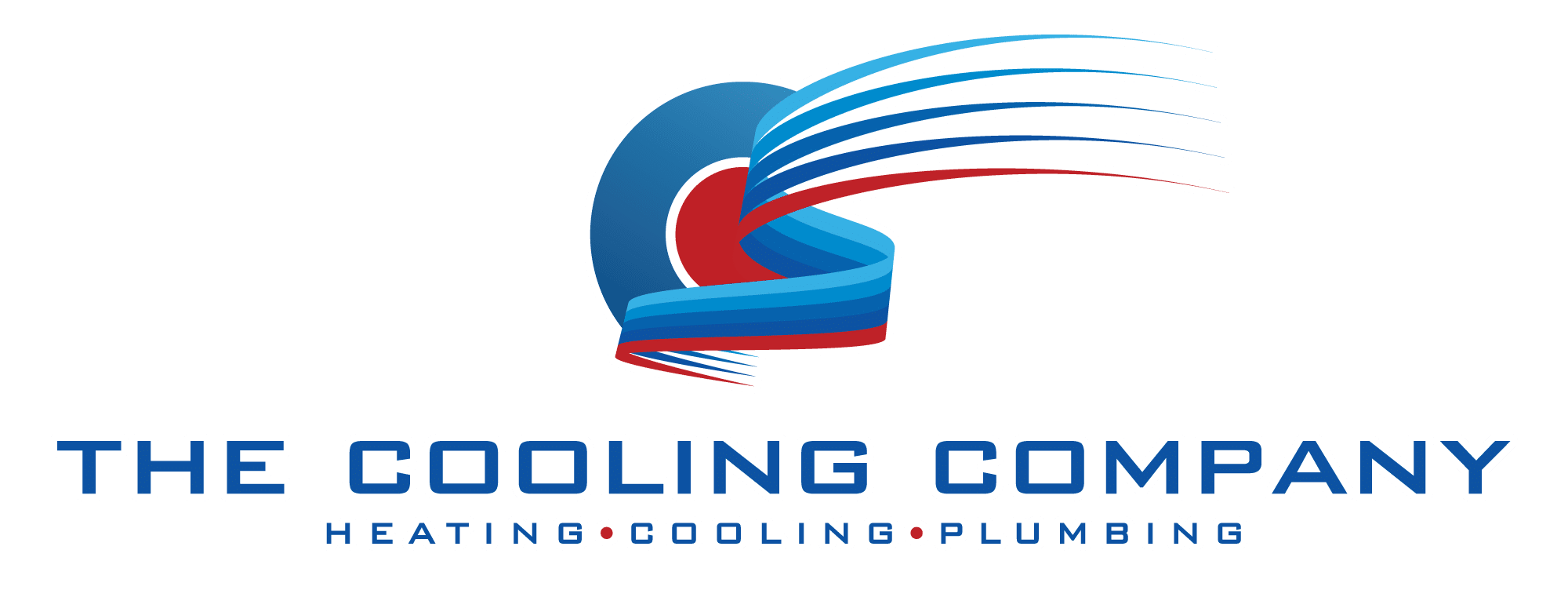As the demand for indoor agriculture continues to rise, growers face increasing pressure to optimize their facilities for both productivity and sustainability. One of the most significant challenges in maintaining healthy grow rooms is managing the environment efficiently, particularly when it comes to heating, ventilation, and air conditioning (HVAC) systems. These systems are critical for controlling temperature, humidity, and air quality, but they also represent a substantial portion of energy consumption in indoor farming operations.
The Energy Impact of HVAC Systems in Grow Rooms
HVAC systems are the backbone of controlled environment agriculture, but they can also be the largest energy consumers within a facility. According to a study focused on cannabis production, air conditioning alone accounts for 21% of total energy consumption, ventilation for 30%, and lighting for 38%. This breakdown clearly shows that HVAC-related components represent over half of the energy footprint in such grow rooms.
More broadly, HVAC systems in commercial buildings consume approximately 40% of total energy, underscoring the importance of efficient design and operation. Upgrading HVAC systems can reduce energy consumption by up to 30%, a significant saving that can translate into lower operational costs and a smaller carbon footprint. Additionally, the integration of smart technologies, such as IoT sensors and automated controls, can further enhance energy efficiency by allowing for real-time monitoring and adjustments based on environmental conditions and plant needs.
Given these figures, investing in energy-efficient HVAC technologies is not just an environmental imperative but a financial one as well. Growers who optimize their HVAC systems can expect both improved crop conditions and reduced utility bills. Furthermore, the implementation of renewable energy sources, such as solar panels, can complement HVAC efficiency efforts, providing a sustainable energy supply that minimizes reliance on traditional power grids. This holistic approach not only fosters a more sustainable operation but also positions growers as leaders in the movement towards environmentally responsible agriculture.
Moreover, the design of HVAC systems in grow rooms must take into account the unique requirements of different crops. For instance, certain plants thrive in higher humidity levels, while others require drier air. By tailoring HVAC solutions to specific crop needs, growers can enhance plant health and yield, ultimately leading to better market performance. The use of advanced filtration systems can also improve air quality within the grow room, reducing the risk of pests and diseases that can thrive in poorly managed environments. As the agricultural sector continues to evolve, the role of HVAC systems will undoubtedly become even more critical in ensuring both productivity and sustainability.
Top Energy Efficient HVAC Technologies for Grow Rooms
High Energy Efficiency Ratio (EER) Systems
One of the most effective ways to enhance HVAC efficiency is by selecting systems with a high Energy Efficiency Ratio (EER). A high EER system ensures even airflow distribution throughout the grow room, carefully controlling air speed and direction to prevent temperature and humidity variations. This uniformity is crucial for maintaining optimal plant growth conditions and avoiding hotspots or cold zones that can stress crops.
Altaqua, a leader in HVAC solutions, emphasizes that such systems not only improve environmental control but also reduce energy consumption by minimizing the workload on the HVAC equipment. By delivering consistent air quality and temperature, high EER systems help maintain a stable grow environment with less energy input. Furthermore, these systems often come equipped with advanced sensors and smart technology that allow for real-time monitoring and adjustments. This means that growers can respond swiftly to any fluctuations in environmental conditions, ensuring that plants receive the ideal climate for growth at all times.
Evaporative Cooling and the Role of Evapotranspiration
Evaporative cooling leverages the natural process of evapotranspiration—where plants release moisture into the air—to reduce the cooling load on HVAC systems. Studies indicate that this cooling effect can reduce the required tonnage of HVAC equipment by up to 30%, significantly lowering energy consumption.
This approach is particularly effective in grow rooms where humidity levels are carefully managed. By integrating evaporative cooling techniques, growers can reduce reliance on traditional air conditioning, which is often energy-intensive. This not only cuts costs but also supports more sustainable cultivation practices. Additionally, the use of water-efficient systems in conjunction with evaporative cooling can further enhance water conservation efforts, making it a dual benefit for both energy and resource management. As growers become more aware of their environmental impact, these methods are becoming increasingly popular, paving the way for a new standard in agricultural practices.
Advanced Ventilation Systems
Ventilation is another critical component of HVAC that demands attention. Since ventilation can account for up to 30% of energy use in grow rooms, optimizing airflow through energy-efficient fans and smart control systems can yield substantial savings. Variable speed fans, for example, adjust airflow based on real-time environmental data, reducing unnecessary energy expenditure.
Modern ventilation systems also incorporate heat recovery ventilators (HRVs) or energy recovery ventilators (ERVs), which reclaim heat or coolness from exhaust air to precondition incoming fresh air. This reduces the load on heating and cooling systems, further improving overall energy efficiency. Moreover, the integration of CO2 enrichment strategies with advanced ventilation systems can enhance plant growth while simultaneously optimizing energy use. By ensuring that fresh air is delivered efficiently and effectively, growers can maintain ideal CO2 levels, which are essential for photosynthesis, leading to healthier plants and potentially higher yields. This multifaceted approach not only maximizes energy savings but also promotes a more productive growing environment, showcasing the synergy between technology and sustainable agriculture.
Emerging Trends and Market Outlook for 2025
The controlled environment agriculture sector is on the cusp of significant growth, particularly in energy-efficient technologies. Joe Owens, a research analyst at Guidehouse Insights, notes that “the stage is set for growth of controlled environment agriculture technologies,” highlighting the increasing adoption of innovative HVAC solutions tailored for indoor farming.
Market projections support this optimism. The global market for energy-efficient indoor farming technology is expected to reach $3.3 billion by 2032, reflecting strong investment and innovation in this space. Meanwhile, the broader HVAC market is projected to hit $367.5 billion by 2026, indicating robust demand for advanced HVAC systems across industries, including agriculture.
These trends suggest that growers who invest in cutting-edge, energy-efficient HVAC solutions today will be well-positioned to benefit from technological advancements and market support in the coming years.
In addition to HVAC innovations, vertical farming techniques are gaining traction as urbanization continues to rise. With more people moving to cities, the need for local food production is becoming increasingly urgent. Vertical farms, which utilize stacked layers to grow crops in controlled environments, can significantly reduce the land footprint required for agriculture while maximizing yield. This method not only conserves space but also minimizes transportation costs and carbon emissions associated with food distribution. As cities look to enhance their food security, vertical farming could play a pivotal role in meeting the demands of urban populations.
Moreover, advancements in automation and data analytics are transforming the way indoor farms operate. Smart sensors and IoT technologies allow growers to monitor environmental conditions in real-time, optimizing water usage, nutrient delivery, and energy consumption. This data-driven approach not only enhances crop quality but also improves operational efficiency, making indoor farming more sustainable and profitable. As these technologies continue to evolve, they will likely attract further investment, propelling the controlled environment agriculture sector into a new era of productivity and sustainability.
Best Practices for Implementing Energy Efficient HVAC in Grow Rooms
Comprehensive Environmental Monitoring
Effective HVAC management starts with precise environmental monitoring. Sensors that track temperature, humidity, CO2 levels, and airflow provide real-time data to optimize HVAC operation. This data-driven approach ensures that systems run only when necessary and at optimal settings, avoiding energy waste.
Integrated control systems can automate adjustments, responding dynamically to changes in the grow room environment. This not only improves energy efficiency but also helps maintain ideal conditions for plant health and yield.
Regular Maintenance and System Upgrades
Maintaining HVAC systems is essential to preserving their efficiency. Filters, coils, and ducts should be cleaned and inspected regularly to prevent performance degradation. Additionally, upgrading older HVAC units to newer, more efficient models can deliver immediate energy savings.
Given that upgrading HVAC systems can reduce energy consumption by up to 30%, growers should prioritize modernization as part of their sustainability and cost-saving strategies.
Integrating Renewable Energy Sources
Where possible, coupling HVAC systems with renewable energy sources such as solar or wind power can further reduce the environmental impact of grow rooms. Although initial investments may be higher, the long-term benefits include reduced reliance on grid electricity and lower operational costs.
As energy-efficient HVAC technologies evolve, their compatibility with renewable energy solutions is improving, making this an increasingly viable option for indoor agriculture facilities.
Conclusion: Preparing Grow Rooms for a Sustainable Future
Energy-efficient HVAC systems are vital for the success and sustainability of modern grow rooms. With HVAC accounting for a significant portion of energy use, adopting high EER systems, leveraging evaporative cooling, and optimizing ventilation can dramatically reduce energy consumption while maintaining ideal growing conditions.
The market for energy-efficient indoor farming technology is expanding rapidly, driven by innovation and growing environmental awareness. Growers who embrace these technologies and best practices will not only reduce their operational costs but also contribute to a more sustainable agricultural future.
Investing in energy-efficient HVAC solutions today is a strategic move that aligns economic benefits with environmental responsibility—a win-win for growers and the planet alike.
Ready to Optimize Your Grow Room with Energy-Efficient HVAC?
At The Cooling Company, we understand the importance of sustainable and efficient HVAC solutions for your grow room’s success. Our certified technicians are ready to provide you with the latest energy-efficient systems and services tailored to your indoor farming needs. Ensure your environment is perfectly controlled for optimal plant growth while reducing your operational costs. Schedule a Service with us today and take a step towards a greener, more sustainable future.



